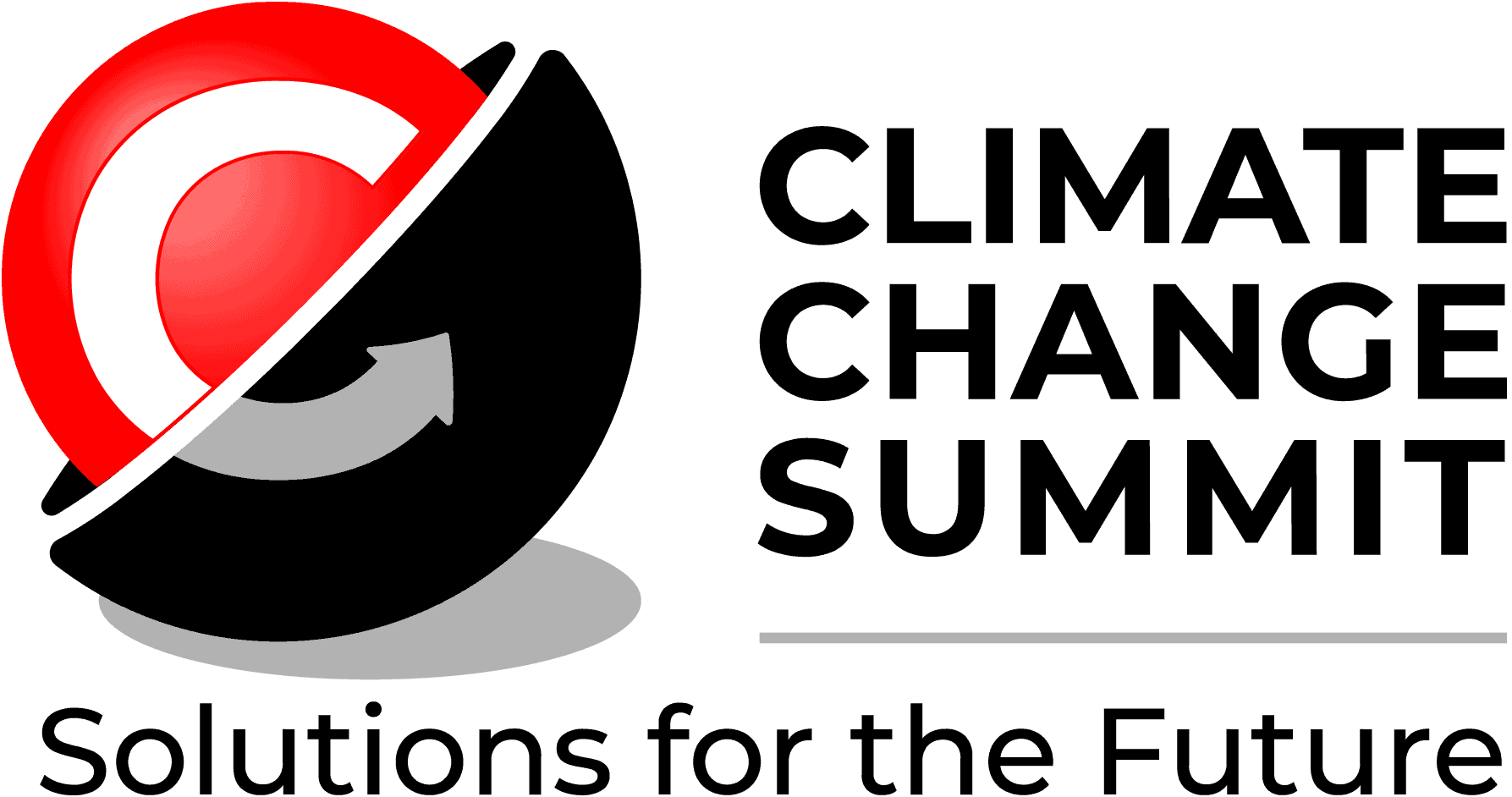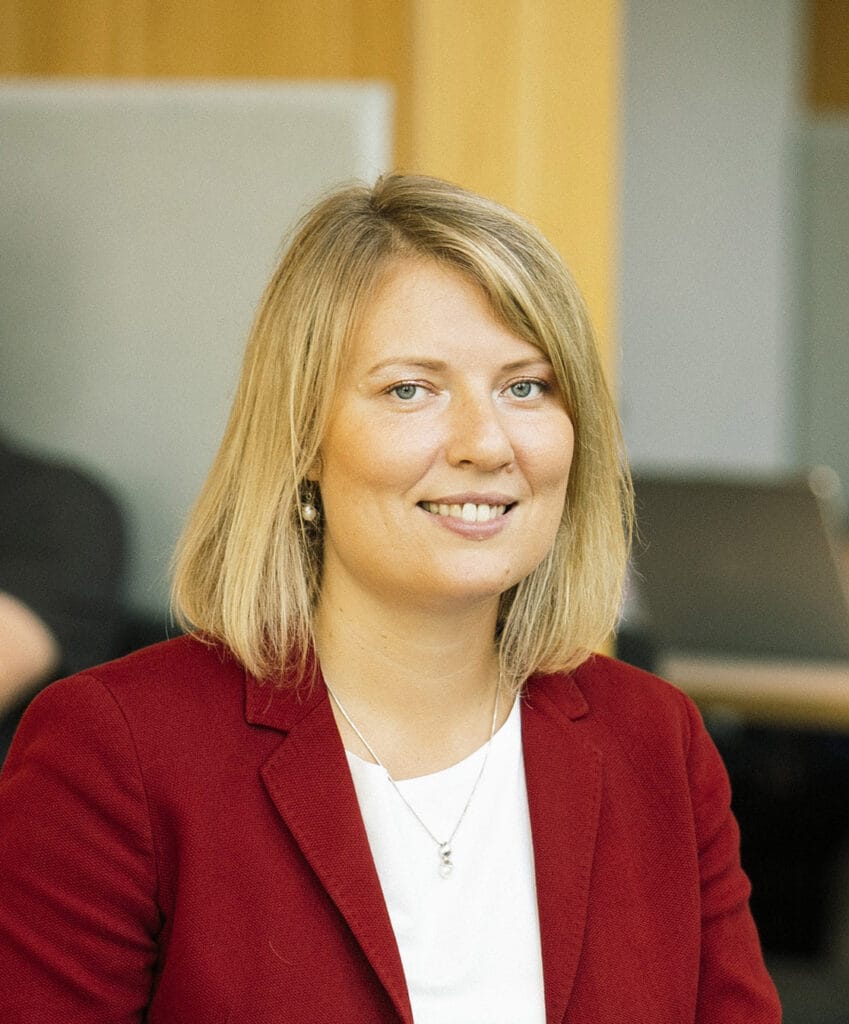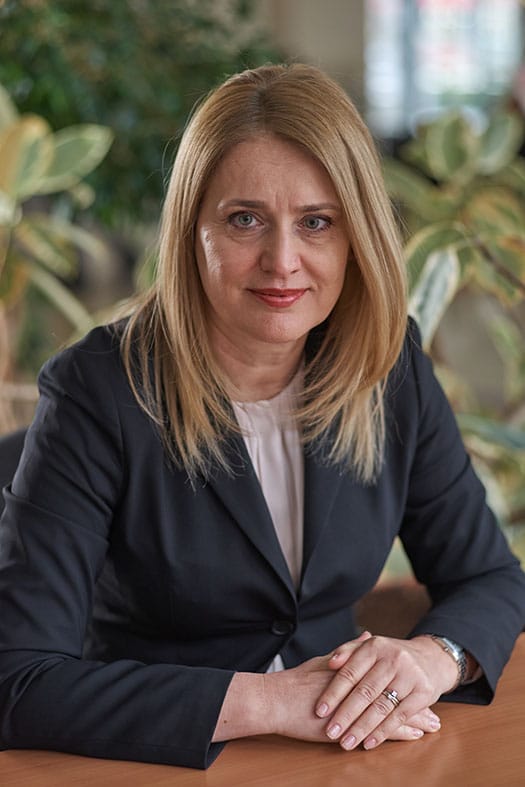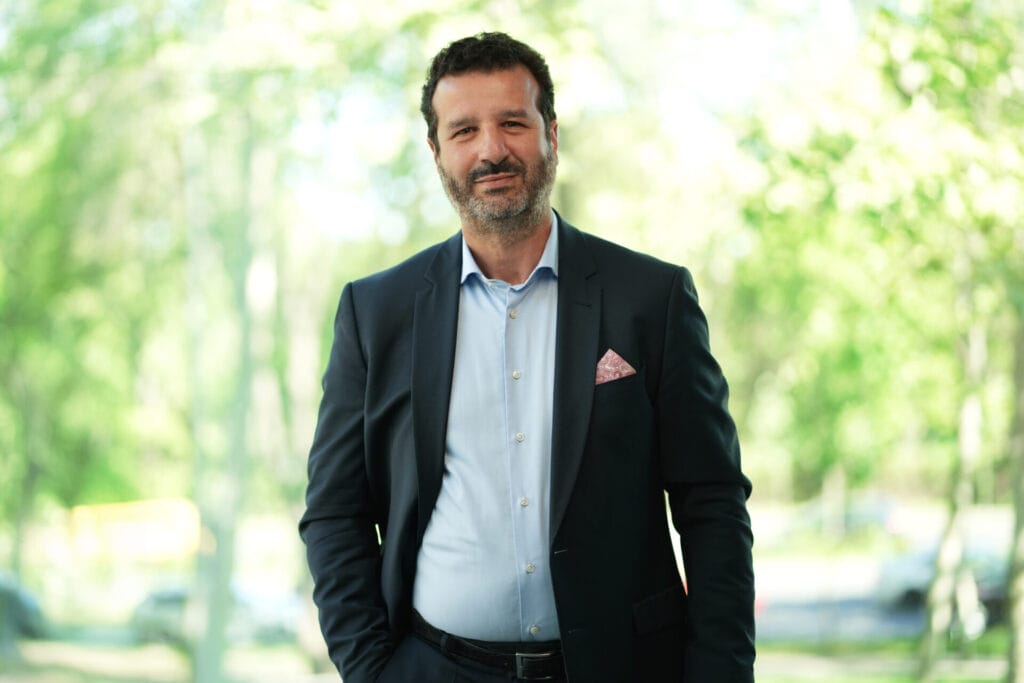This year, the Sindh region of Pakistan, the world’s fourth largest cotton producer with a production of 2,308 tonnes, has experienced one of the most difficult droughts in decades. Although this seems relatively isolated, it has a major impact on the global textile industry as it accounts for 6% of global cotton production. Thus, we can expect an increase in the price of textiles even in Romania, although we do not even know about the drought in Pakistan.
Cotton is the most important textile plant and provides over 70-75% of the world’s vegetable fiber production. After the cotton fibers have developed enough, they are harvested, turned into threads, which are then assembled in the form of fabric. The global textile industry is extremely dependent on cotton production. This in turn requires favorable weather conditions to be cultivated and extremely large amounts of water to be able to be transformed into the final product. For the manufacture of a single new cotton T-shirt, 2,700 liters of water are consumed, to which is added the energy consumed for transport and marketing. In this context, any drought or falling water levels can seriously affect cotton production.
We should not expect a localized impact in Pakistan alone. The state of Texas (USA), which produces 43% of American cotton, has recently been hit by extreme weather events such as Hurricane Harvey in 2017 or the extreme winter of early 2021, which coupled with the lack of spring rainfall has led to a regional drought that largely compromised cotton crops.
India in turn is the second-largest producer of cotton in the world. 6,423 thousand metric tons of cotton are produced here every year. The reason for such a huge production is the climate which is most favorable in the northern part of the country.
However, production in India is not exempt from the risks of climate change either. Thus extreme weather phenomena such as Cyclone Tauktae that hit India hard this year (with its floods affecting states Kerala, Karnataka, Tamil Nadu, Gujarat, Maharashtra and Goa) have a direct impact on cotton production, as it mainly happens in the areas of Maharashtra, Gujarat and Madhya.
These data show that global cotton production is exposed to climate fluctuations. Given the fact that the latest IPCC report indicates a possible increase in global temperatures by 1.8 to 4.0ºC and an increase in the intensity and periodicity of extreme weather events by 2100, it is not very difficult to imagine that cotton crops will be affected more and more often.
Why would it matter?
Being the main textile plant, the reduction of the cotton crop means an increase in the price of cotton-based textiles. So, according to the head of the National Retail Federation, Jack Kleinhenz, the price of a cotton T-shirt has increased on average from $ 1.50 to $ 2 during 2021.
However, the increase does not come from higher production costs, but from the increase in price for raw material as shown in the price chart for US Cotton for the period Nov 2020 – Oct 2021.

Source: Capital.ro
Cotton production is not the only problem. Fast fashion – the constant emergence of new styles at very low prices – has led to a substantial increase in the amount of clothes with a relatively short lifespan. Thus, from the purchase of an item of clothing to its disposal, sometimes no more than a year passes. The way people dispose of clothes they no longer wear has also changed: they are no longer donated, but thrown directly in the trash.
Since 1996 the volume of clothes purchased on average of one person in the EU has increased by 40%. This was due to falling prices, which led to a reduction in the shelf life of clothing. Thus, Europeans consume almost 26 kg of textiles and throw away about 11 kg of textiles each year. Most of them, about 87%, are incinerated or dumped in landfills.
What can we do?
Globally, less than 1% of clothes are recycled as clothing, partly due to inadequate technology. The new EU strategy aims to find solutions to the phenomenon of fast fashion and to provide guidance for achieving high levels of separate collection of textile waste.
Under the Waste Directive approved by the European Parliament in 2018, EU countries will be required to introduce separate collection of textile waste by 2025. The Commission’s new strategy also contains measures that support production processes and circular materials, contribute to reducing hazardous chemicals and help consumers choose sustainable textiles.
The Union has an EU Eco-label, which manufacturers who meet the eco-criteria can apply to their products, which is a guarantee for the limited use of hazardous substances and low water and air pollution. The EU has also introduced a number of measures to mitigate the environmental impact of textile waste. Horizon 2020 funds RESYNTEX, a project that uses chemical recycling and should provide a business model for the future of the textile industry.
Regional events – global impact
Although the economy seems national, it is extremely connected to the flow of global goods. In this respect, the global economic circuits are exceptionally exposed to extreme weather phenomena that can affect the regions responsible for the production of raw materials. In the case of the textile industry, the high demand dictated by fast fashion coupled with the lower production, due to the reduced harvest, will mean a smaller supply in the future.
Cotton and the textile industry, in this context, are just one example of the effects that extreme weather events or climate change may have on global trade chains. Because the world economy is so interconnected, we can no longer talk about strictly local resilience to climate change.
In a globalized economy, the “butterfly effect” (a phrase first used by mathematician and meteorologist Edward Lorenz) may exist. Dependence on a supplier, a country, an area or a supply route has effects on the markets. Therefore, we should act locally, coordinating our efforts for global impact. At the same time, we need to increase resilience by reducing consumption and keeping goods in the economic circuit for as long as possible.
This is a translated article from our Content Partners InfoClima. The original article is written by Alexandru Tătaru and can be found, in Romanian, here.
